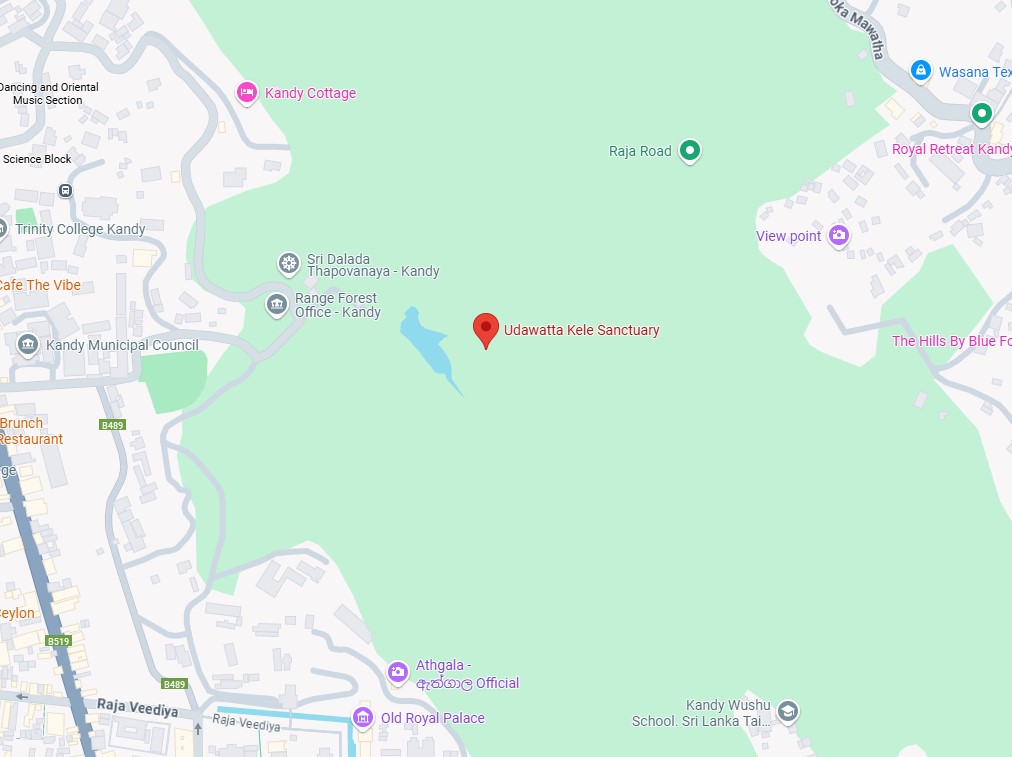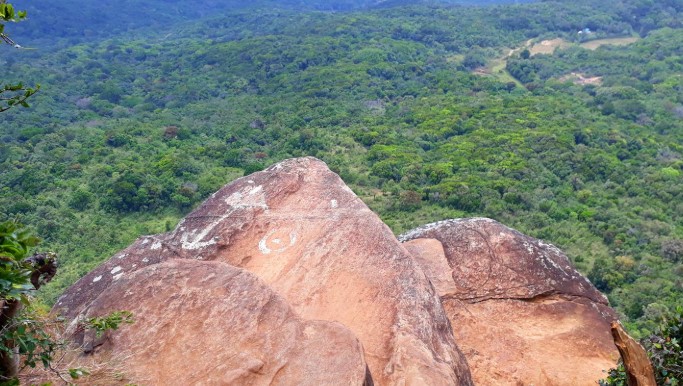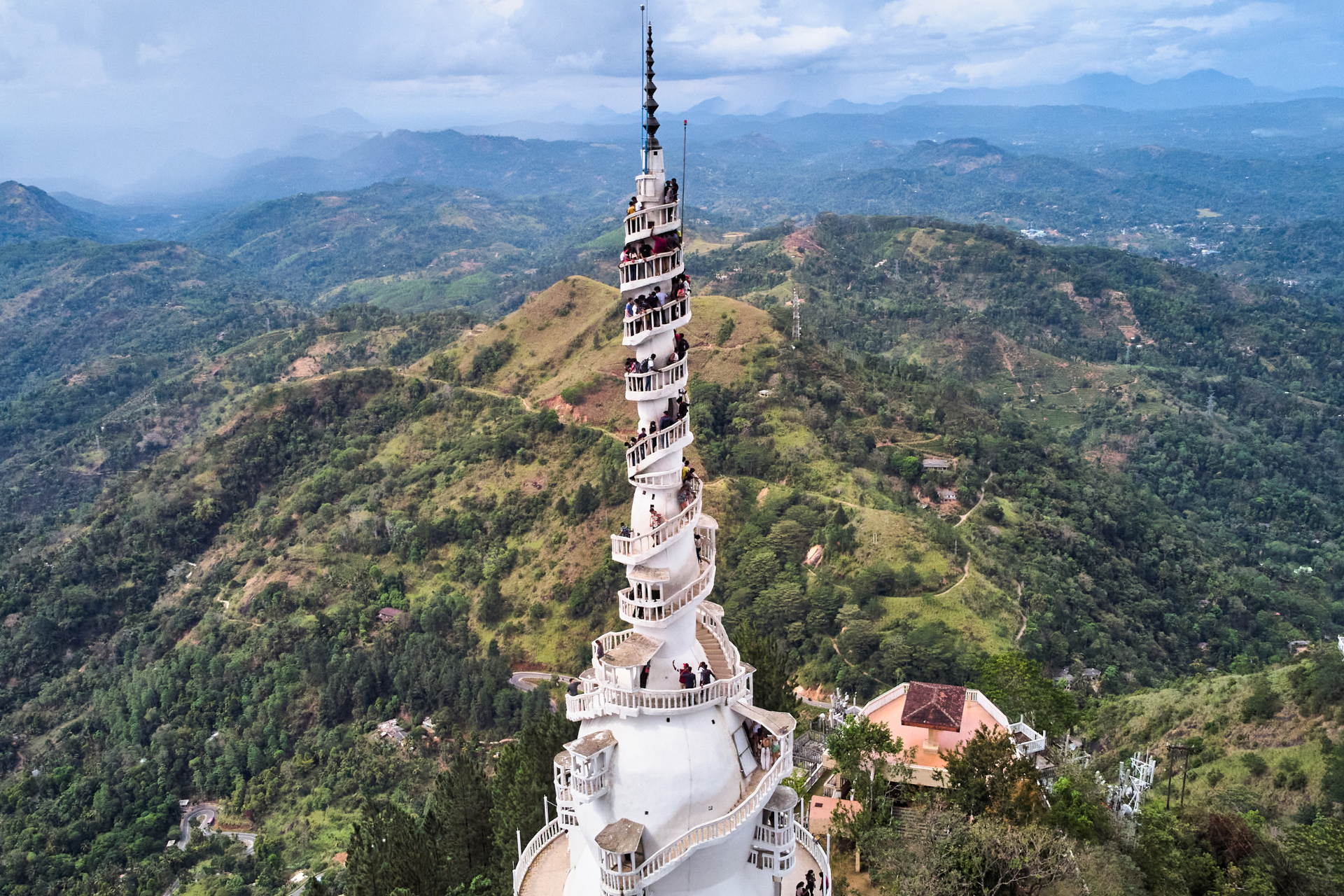Udawatta Kele Sanctuary: A Verdant Retreat in the Heart of Kandy
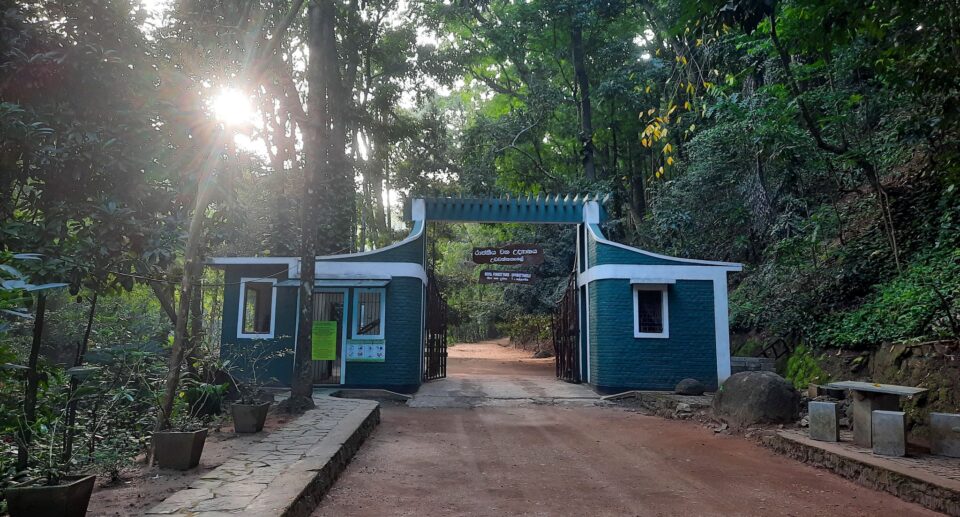
A Hidden Sanctuary in the Heart of Kandy
Overlooking the historic city of Kandy, Sri Lanka, Udawattakele Forest Reserve, or Udawatta Kele Sanctuary, is a tranquil, ecologically varied sanctuary full of natural and cultural importance. Though often overlooked by visitors drawn to the nearby Temple of the Tooth, this centuries-old forest blankets the hills behind the royal palace with mystery, spiritual significance, and natural wealth.
Historical Significance
Udawattakele has deep roots in Sri Lankan history, particularly in the Kingdom of Kandyan. “Udawattakele” translates to “the forest above the royal palace,” and it served as a royal forest reserve for Kandyan kings. It was once closed to the public, a private sanctuary for the royalty and Buddhist monks.
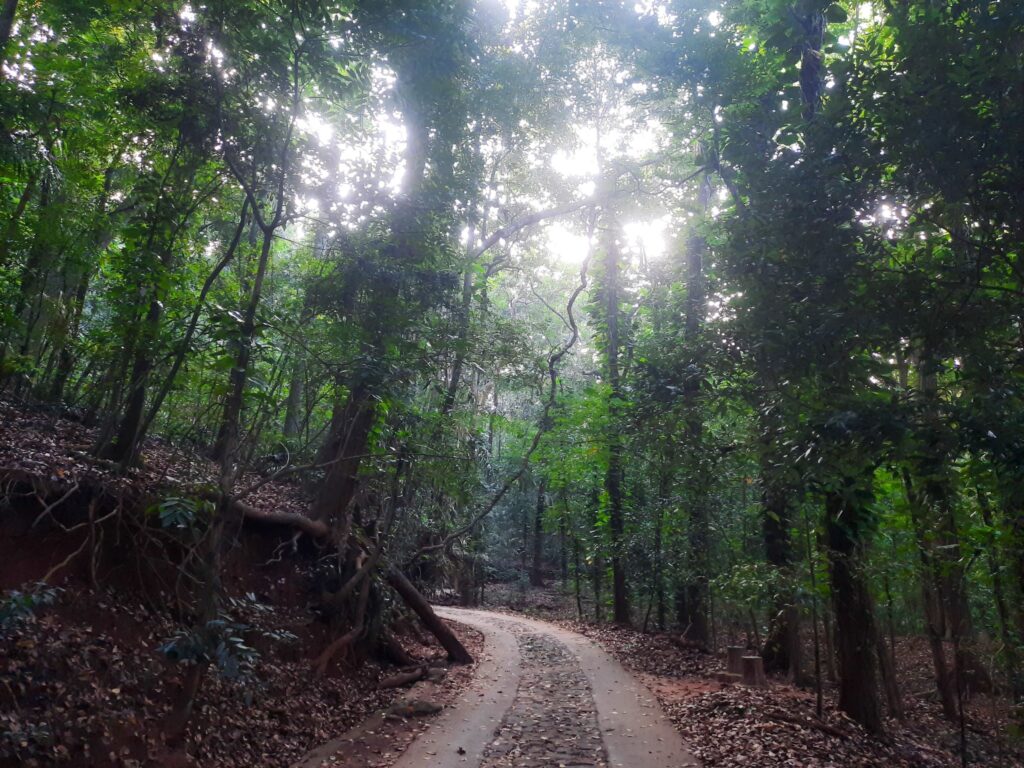
Historical documents and traditions reveal that the forest was used by kings as a retreat during periods of political uncertainty, and for nature walks and meditation. With the collapse of the Kandyan Kingdom in 1815 and during British colonial rule, the forest faced encroachment and deforestation. However, in 1856, recognizing its ecological and historical importance, the British proclaimed it a forest reserve, and in 1938 it was legally declared a sanctuary.
Biodiversity and Ecology
Spread over approximately 104 hectares, Udawattakele is a tropical semi-evergreen forest with thick canopies, varied flora, and teeming wildlife. It is of great value in protecting the watershed of Kandy Lake and maintaining the ecological balance of the surrounding urban area.
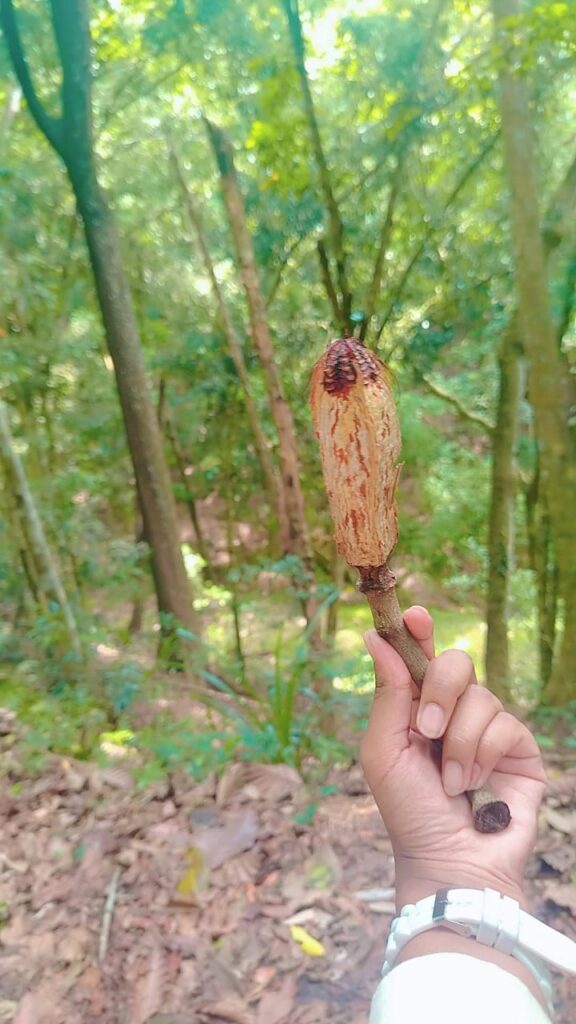
Flora:
Udawattakele is home to over 400 species of plants with a large component of rare and endemic species. Massive lianas, enormous creepers, ferns, mosses, and endemic tree species such as Weera (Drypetes sepiaria) and Milla (Vitex altissima) dominate. Some medicinal plants, including certain ones used in the ancient Ayurvedic medicine, occur in the forest.
Fauna:
The sanctuary is a haven for birdwatchers and naturalists. Over 80 bird species have been recorded, including the Layard’s parakeet, Sri Lanka hanging parrot, and brown-capped babbler species endemic to the island. Toque macaques, porcupines, wild boar, and the elusive Indian muntjac (barking deer) are some of the mammals that roam the forest.
Reptiles and amphibians also thrive in the setting, including green pit vipers, monitor lizards, and various types of frogs and geckos. Insects and butterflies also live in the forest, which is a lush microcosm of Sri Lankan biodiversity.
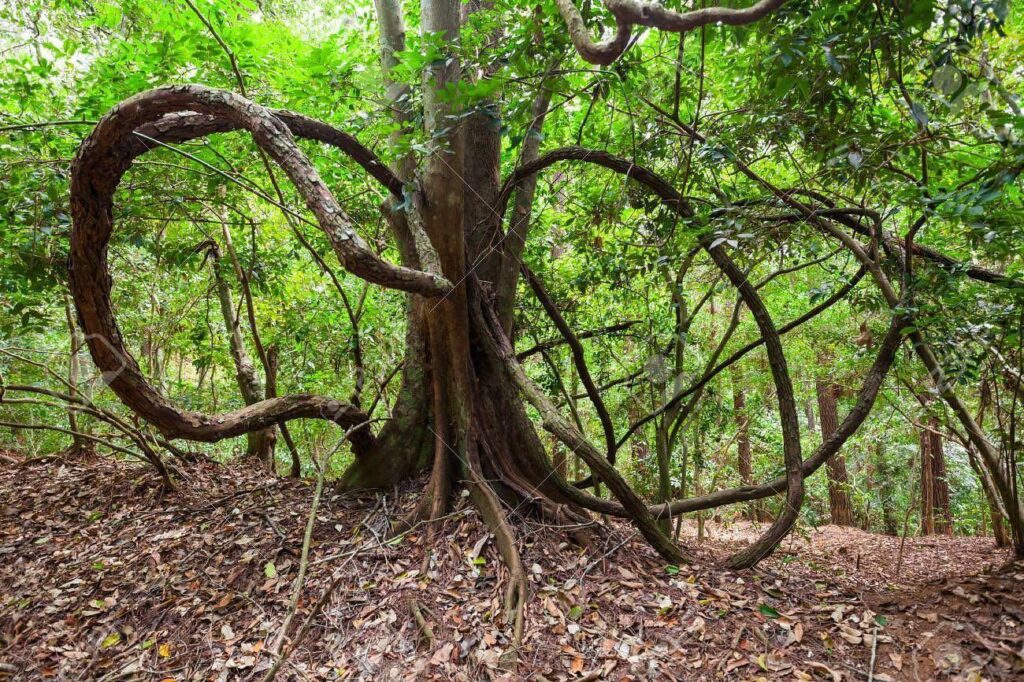
Cultural and Religious Significance
Udawattakele is not only a biological but also a spiritual sanctuary. The forest has several ancient hermitages and meditation caves that are still used by Buddhist monks today. One of the more well-known is the Senanayake Aramaya, which offers a serene location for religious study and reflection.
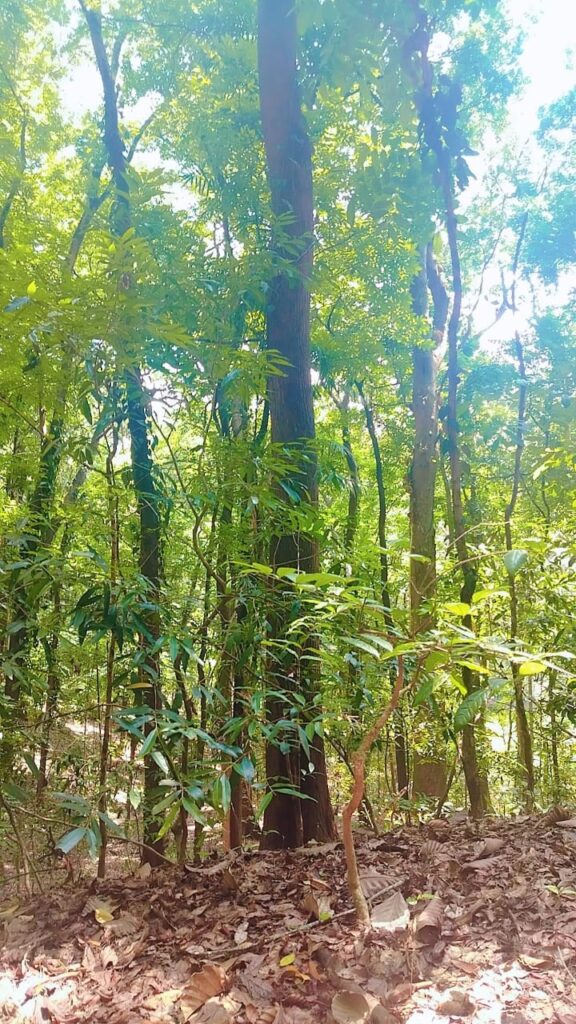
The forest is steeped in Buddhist traditions, and many visit not just to find nature but also to find inner peace. The Garrison Cemetery, a short distance from the forest gate, and the Rajapihilla (Royal Pond) add to the historic and religious ambiance of the sanctuary.
Conservation Efforts and Challenges
Despite being a protected area, Udawattakele faces a number of challenges. Urban encroachment, illegal plant collection, forest fires, and invasive species such as Clidemia hirta and maana grass are among the biggest threats to its delicate ecosystem. Climate change and lowered rainfall patterns also impact the health of the forest.
In recent years, the Department of Wildlife Conservation, local authorities, and conservation organizations have become active in conserving and protecting the sanctuary. Ecotourism, community outreach, and environmental education programs help raise awareness of the importance of Udawattakele and ensure its survival for generations to come.
Sustainable tourism practices are encouraged, and visitors are asked to follow regulations like staying on marked trails, not littering, and maintaining the tranquility of religious sites.
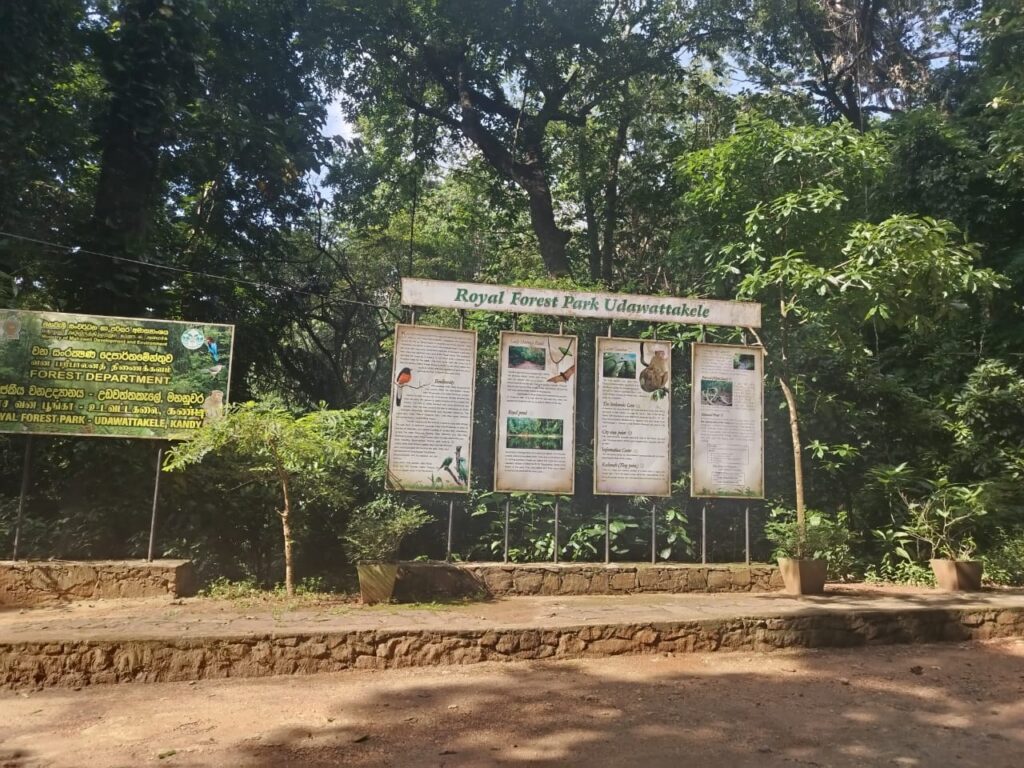
Tourism and Eco-Education
Udawattakele is a paradise for eco-tourists, trekkers, and nature photographers. The forest boasts a well-established network of walking trails, such as the Marble Seat trail, Kodimale peak, and Lady Horton’s Drive, each of which offers a different view of the canopy, Kandy city, and its iconic lake.
The forest is regularly visited by school groups for biodiversity studies, and meditation groups find the atmosphere of the forest conducive to spiritual reflection.
There is an interpretive centre near the entrance that provides visitors with knowledge on the flora, fauna, and history of the sanctuary. Guided tours could also be organized for those interested in gaining more knowledge on the ecosystem and cultural significance of the sanctuary.
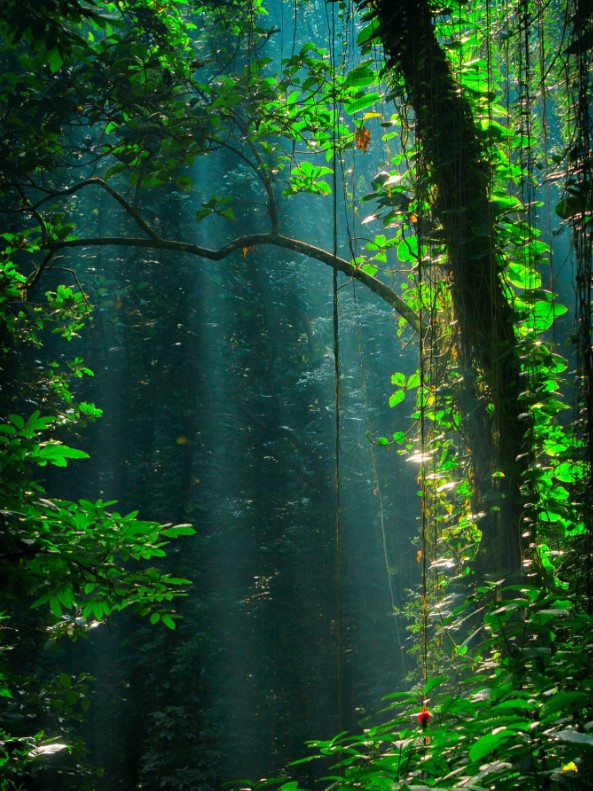
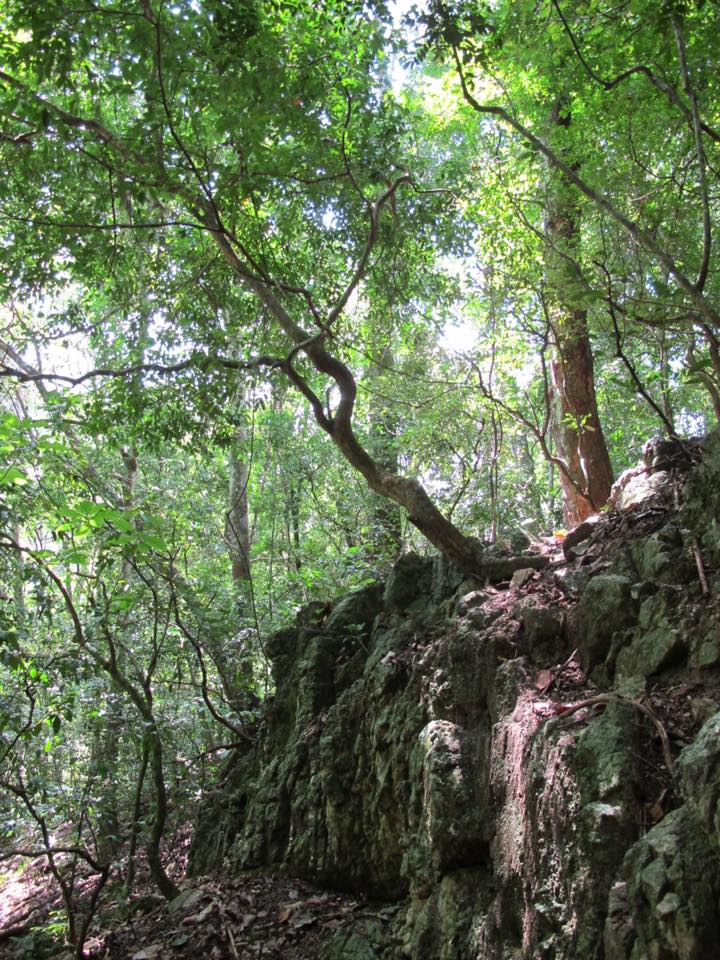
Environmental Role in Urban Kandy
While Kandy continues to expand, Udawattakele is vital to maintain urban environmental quality. It acts as the city’s green lung by absorbing carbon dioxide and releasing oxygen, which helps regulate temperature, reduce noise, and filter the air. The forest also strengthens the water cycle by allowing groundwater recharge and reducing the likelihood of soil erosion and flash flooding.At a period when green spaces are coming under increasing pressure from urbanization, Udawattakele is a vital buffer zone between nature and development.
Udawattakele Forest is far more than a green patch above Kandy it’s a living museum, a spiritual sanctuary, and a biological hot spot. Its trees have witnessed centuries of Sri Lanka’s royal history, its pathways have offered comfort to monks and travelers, and its ecosystem continues to support an incredible variety of life that enriches the entire region.
Preserving Udawattakele is not just about preserving a forest; it’s about honoring heritage, safeguarding biodiversity, and ensuring the well-being of future generations. A natural sanctuary and cultural monument in one, it deserves continual reverence, conservation, and sustainable appreciation by locals and visitors alike.
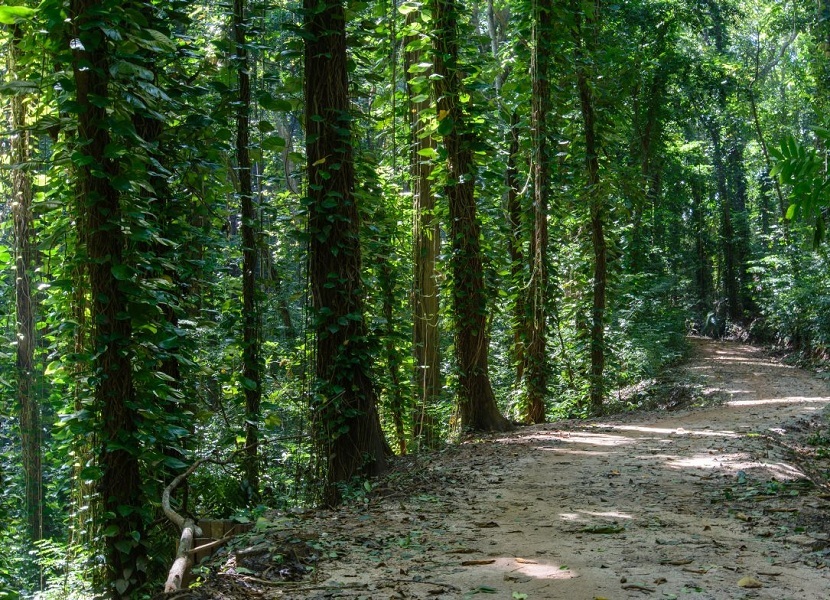
Entrance Fee (Ticket Price)
Local (Sri Lankans) – Ticket Price:
Adults: Rs. 75.00
Children (age 6-12 years): Rs. 40.00
Children (under the age of 6 years): Free
Foreign (Non-Sri Lankans) – Ticket Price:
Adults: Rs. 930.00
Children (age 6-12 years): Rs. 470.00
Children (under the age of 6 years): Free
How to Get There
Walking from the Temple of the Tooth
- From the Temple of the Tooth (Sri Dalada Maligawa), head north on D.S. Senanayaka Veediya (Temple Road) for about 600 meters.
- Turn left onto Sangamitta Mawatha and walk approximately 400 meters until you reach the Forest Department Office on your right.
- The entrance to the sanctuary is adjacent to this office.
By Tuk-Tuk
- Tuk-tuks are readily available throughout Kandy.
- Simply inform the driver that you wish to go to the Forest Department Office on Sangamitta Mawatha.
- The ride should take around 10 minutes, depending on traffic, and cost approximately LKR 200–300
By Public Bus
- From the Kandy central bus station, take a local bus heading towards Peradeniya or Katugastota.
- Disembark at the Sangamitta Mawatha stop.
- Walk back a few meters towards the direction of the bus and look for a sign directing you to Udawatta Kele Sanctuary.
- The total travel time may take around 30–40 minutes, depending on the bus schedule and waiting time.
Opening Hours & Fees
- Opening Hours: Daily from 8:00 AM to 6:00 PM. Note that ticket issuance ends at 4:00 PM.
Map of Udawatta Kele Sanctuary
